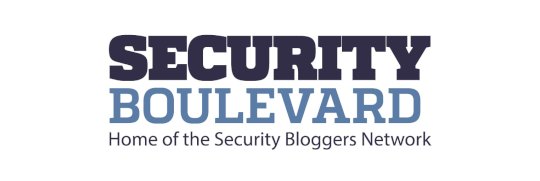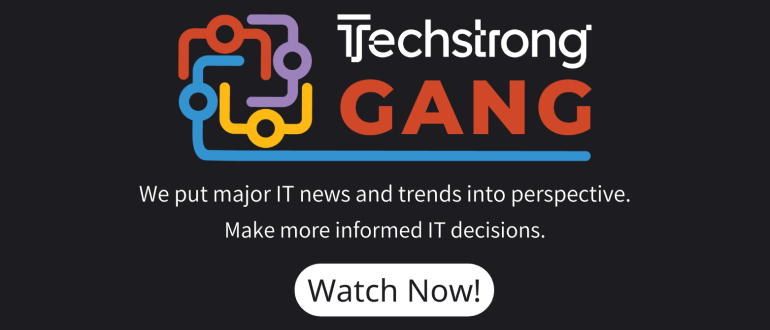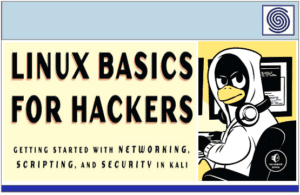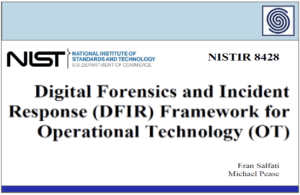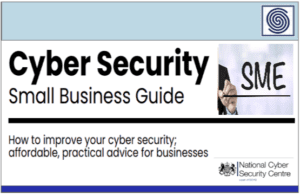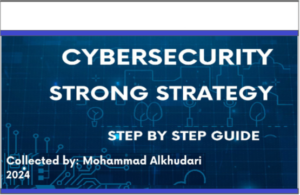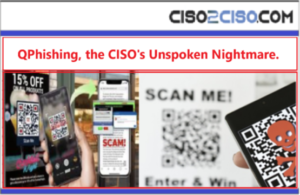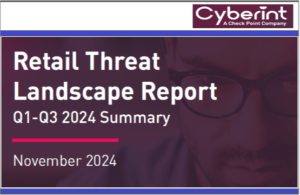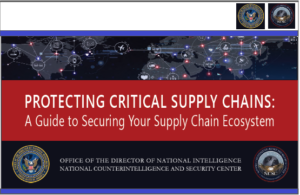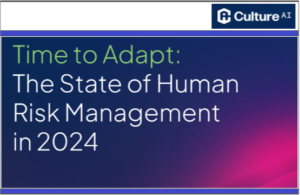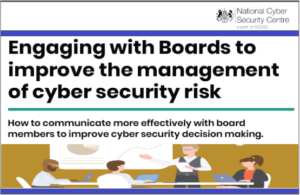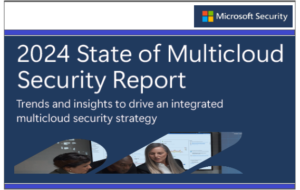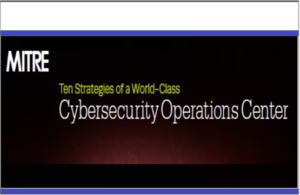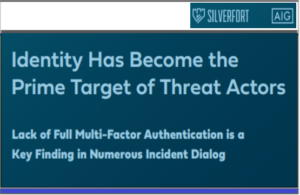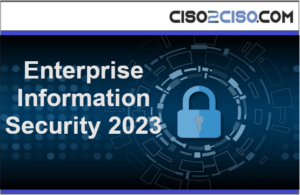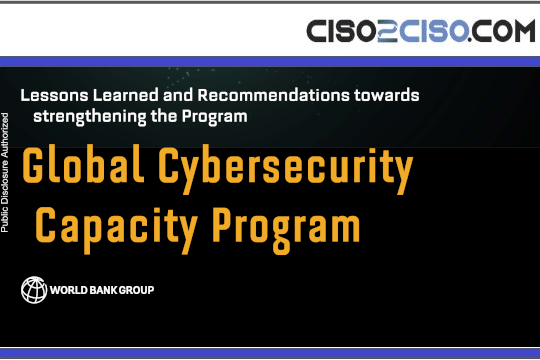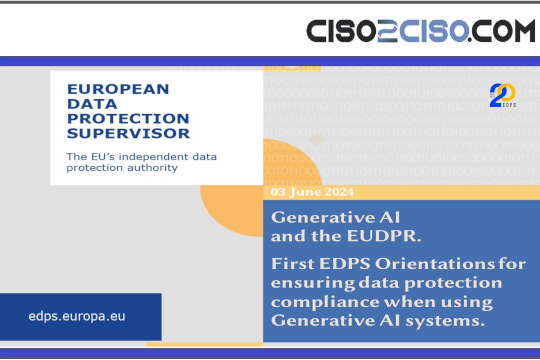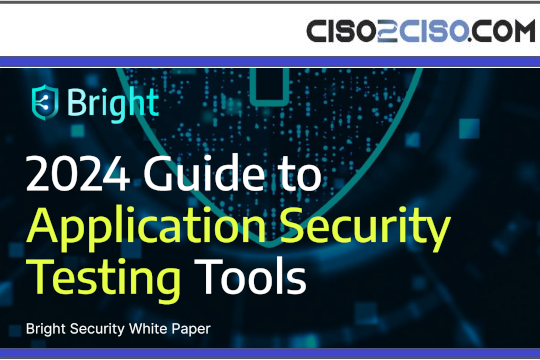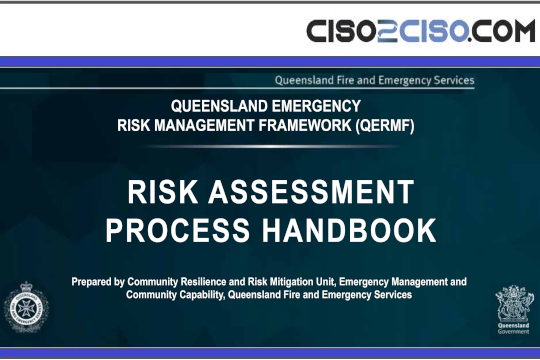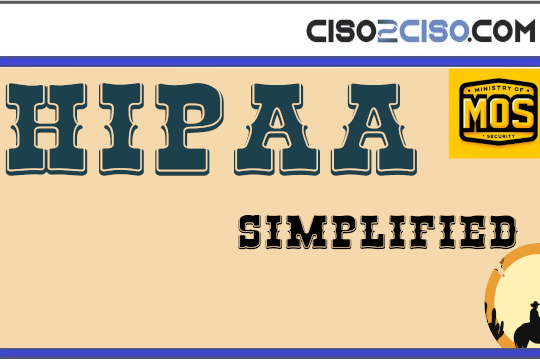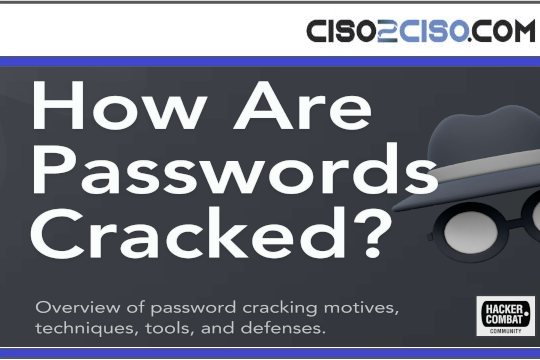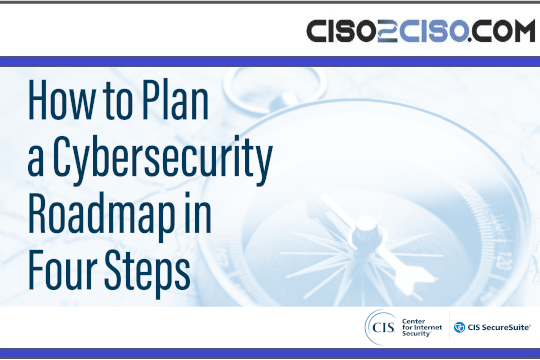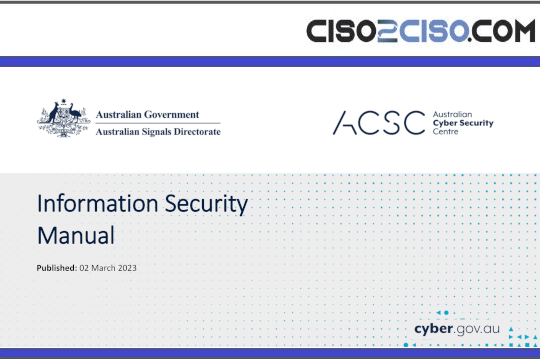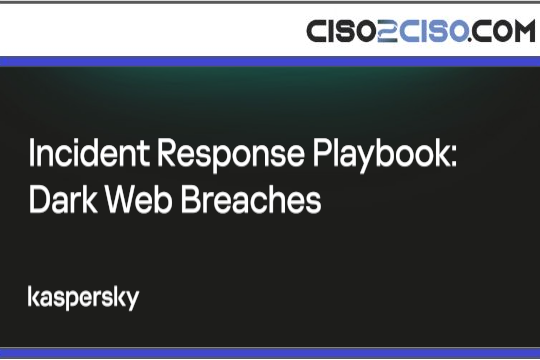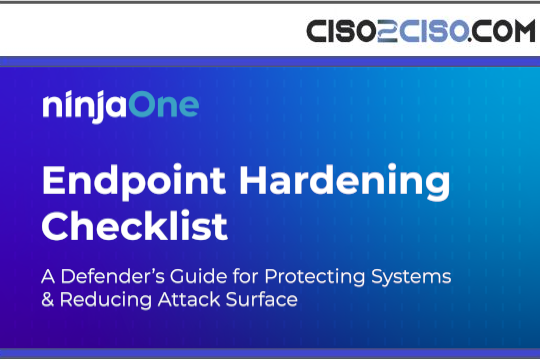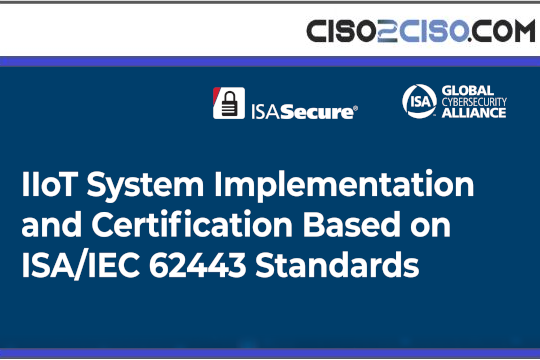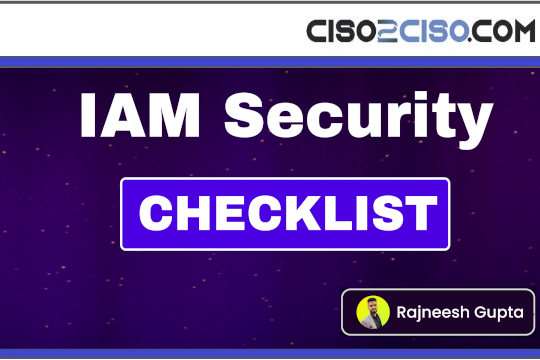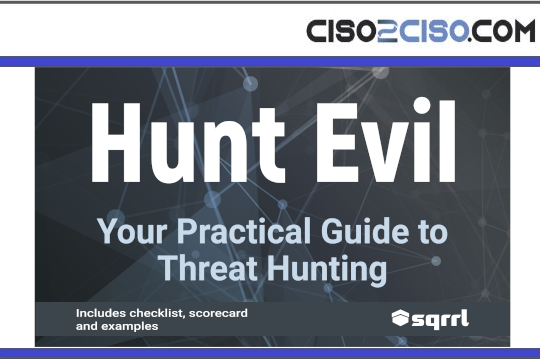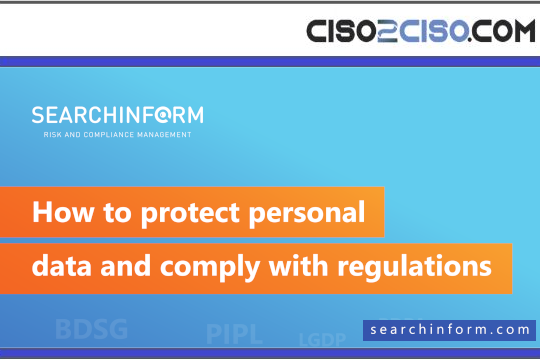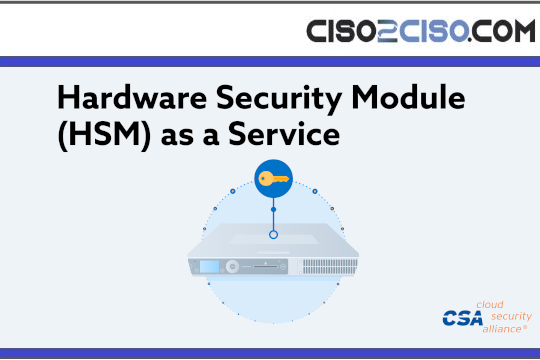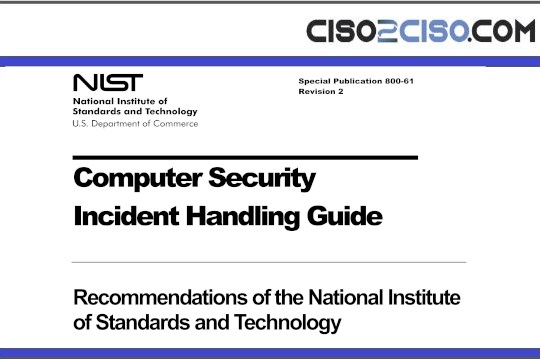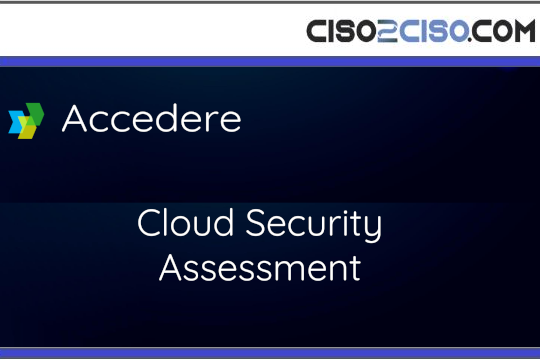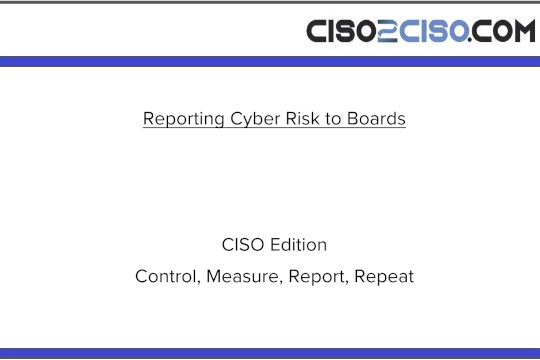Source: securityboulevard.com – Author: Grip Security Blog
It started with a single password: the login to a secure Wi-Fi network that a high school teacher shared with a student. That student passed it along to another, then another, until the credentials spread amongst a group of friends. At first, it seemed like a minor policy violation—a teacher who shared her login credentials trying to be helpful, and students sharing access. Until it wasn’t.
One student decided to test whether the same credentials worked elsewhere. Shockingly, they did. The teacher had reused her password across multiple systems, including one that contained sensitive student records. With those same credentials, students were able to gain unauthorized access, altering attendance records and disciplinary information without detection. What began as a simple, seemingly harmless act escalated into a full-scale security incident.
The consequences were severe. The teacher who shared her credentials was fired. The students who exploited the credentials were suspended and faced legal repercussions. And the school was left scrambling to contain the fallout from a breach that should never have been possible in the first place.
While this particular incident happened in an educational setting, it could have just as easily played out in any company, in any industry. This story exposes fundamental security weaknesses in password hygiene and authentication, and it raises critical questions about accountability. Who is at fault—the person who shared the password, those who exploited it, or the security team who failed to enforce stronger protections?
In a recent episode of The SaaS Security Show, we explored these very questions. Host and Grip Security co-founder & CTO Idan Fast sat down with Jason Wilson, Director of Technology and Information Security at NCH, and Andre Gaeta, Grip’s Chief Revenue Officer, to debate the implications of password sharing, security policies, and where responsibility ultimately lies. Listen in as they break down this real-world incident and discuss what organizations can do to prevent a similar situation.
Who’s Accountable When Passwords Go Wrong?
The question at the heart of this debate is one that many organizations struggle with: If an employee shares a password that leads to a breach, should they be fired? It’s a question that touches on much deeper issues about security policies, accountability, and the fact that many breaches don’t start with sophisticated cyberattacks, but with basic human error.
Relying on employees to follow best password hygiene practices is a flawed strategy. Security teams have long emphasized awareness training and policies, yet breaches continue to happen, often because security measures still assume that people will make the right choices every time. The reality is different: people will take shortcuts, passwords will be reused, and credentials will get shared. The real question isn’t whether mistakes will happen, but how well an organization is prepared to mitigate the consequences when they do.
Both speakers agreed that the school’s actions taken in the real-life incident were extreme, though cybersecurity leader Jason Wilson raised a key point: “Security is everybody’s responsibility. If someone is handed the digital equivalent of a key to a filing cabinet full of confidential data and they pass it around, should they be blamed? Yes—but so should the organization that allowed it to happen.”
“Security is everybody’s responsibility.” – Jason Wilson
Andre Gata also pointed out that the real issue isn’t just the act of sharing but the security culture within an organization. “Was there awareness training? Was there a policy in place? What about password hygiene and MFA? How well was cyber risk management funded? If the first reaction to a breach is to fire someone, that might signal deeper failures in how an organization handles security.”
At its core, this debate underscores a fundamental truth in cybersecurity: Policies and tools are meaningless if they are not properly enforced or understood. Accountability isn’t just about punishing mistakes—it’s about ensuring that the right safeguards exist to prevent them in the first place.
The Persistent Problem of Password Hygiene
Weak passwords, reuse across multiple systems, and casual credential sharing continue to be pervasive issues and one of the biggest threats to organizational security. According to the Verizon Data Breach Investigations Report, almost half of hacking-related breaches stem from stolen or weak credentials. Similarly, research from the FIDO Alliance shows that nearly 60% of employees admit to reusing passwords across work and personal accounts. This means a single exposed password can act as a master key, unlocking multiple systems and leading to devastating security incidents.
60% of employees admit to reusing passwords across work and personal accounts. – FIDO Alliance
However, the issue isn’t just about enforcing stronger passwords—it’s about making password hygiene a built-in part of cybersecurity and the company’s culture. When organizations rely on employees to instinctively follow best practices without clear guidelines, monitoring, or enforcement, they leave themselves exposed. Strong security policies only work when they’re reinforced by technology and leadership commitment.
Balancing Accountability: The Individual vs. The Organization
The knee-jerk response in this real-life incident was to fire the person responsible for sharing credentials. But is that really the right approach? And if the employee is fired, should the security employee who failed to apply the appropriate security controls, such as MFA, be terminated also? If security is a shared responsibility, then accountability must exist at multiple levels:
- Individuals: Employees must recognize that even seemingly harmless password sharing can introduce serious risks. Security awareness training should be more than an annual compliance exercise—it should be an ongoing conversation. A strong cybersecurity culture starts with employees understanding why these policies exist and how breaches can directly impact them and their organization.
- IT & Security Teams: SecOps must take a proactive approach to identity security, starting with visibility. One of the biggest challenges is knowing which applications are at risk and could benefit from SSO or MFA, especially when dealing with shadow SaaS—unauthorized or unmonitored apps that employees use without IT oversight. Without clear ownership or enforcement, even the best security policies fail to protect sensitive data. If a single shared password can grant access to sensitive data, that’s a fundamental failure in security processes.
- Leadership: Companies that only prioritize security after a breach occurs are setting themselves up for failure. Executives must set the standard for security by enforcing policies, holding teams accountable, and ensuring that security is embedded into the company’s operations, not treated as an afterthought. This means not only investing in the right technologies but also establishing clear expectations for compliance and enforcement at every level of the organization. Strong security cultures start at the top, with leaders who prioritize both risk management and practical implementation.
“Repercussions are needed, but expectations must be set. If security isn’t built into an organization’s culture, incidents like this will continue to happen,” commented Andre. Jason added, “You need more than just policies on paper—you need governance, technology, and, most importantly, trust. Security has to be built from the ground up, from the end users all the way to the cybersecurity team, to ensure policies are truly effective. Security isn’t one-size-fits-all. Different industries have different risks, and when their most valuable assets—whether data, operations, or customer trust—are compromised, the consequences can ripple across the entire business.”
The Takeaway: Security is a Journey, Not a Destination
The key takeaways from this discussion?
Jason summed it up by offering, “Cybersecurity is not a destination; it’s a journey. If even if you have MFA, network segmentation, and all the right controls in place, changes happen which leaves gaps. Don’t ever lose sight of the things you think you put in place. Cybersecurity isn’t something you do once and forget about. Always go back, always test, always make sure that it’s there and it’s good.”
Andre agreed, adding, “Get comfortable asking questions and then following up those questions with questions. I think the more that we ask and the more informed that we get, the more resilient we’ll become as a community. And as we see these types of incidents happening in the world today, make it personal to yourself and spend some time reflecting, thinking about if I were in this situation and this happened to me, how would I feel?”
And our host Idan Fast remarked candidly, “Passwords shouldn’t be the weak link in your security chain, and yet, here we are in 2025 still talking about them.” Though the future may include passkeys, widespread adoption is still a ways off and passwords are today’s reality. To prevent incidents like this one, organizations must start taking a more proactive approach to SaaS security, including prioritizing password hygiene, monitoring authentication methods, and enforcing policies. After all, the best cybersecurity strategy in the world means nothing if a single password can bring it all crashing down.
If this discussion got you thinking about your own SaaS security practices and you want to learn how Grip Security can help detect and prevent shared or weak passwords before they become a problem, book time with our team.
Original Post URL: https://securityboulevard.com/2025/03/the-password-hygiene-failure-that-cost-a-job-grip-security/?utm_source=rss&utm_medium=rss&utm_campaign=the-password-hygiene-failure-that-cost-a-job-grip-security
Category & Tags: Security Bloggers Network – Security Bloggers Network
Views: 2

